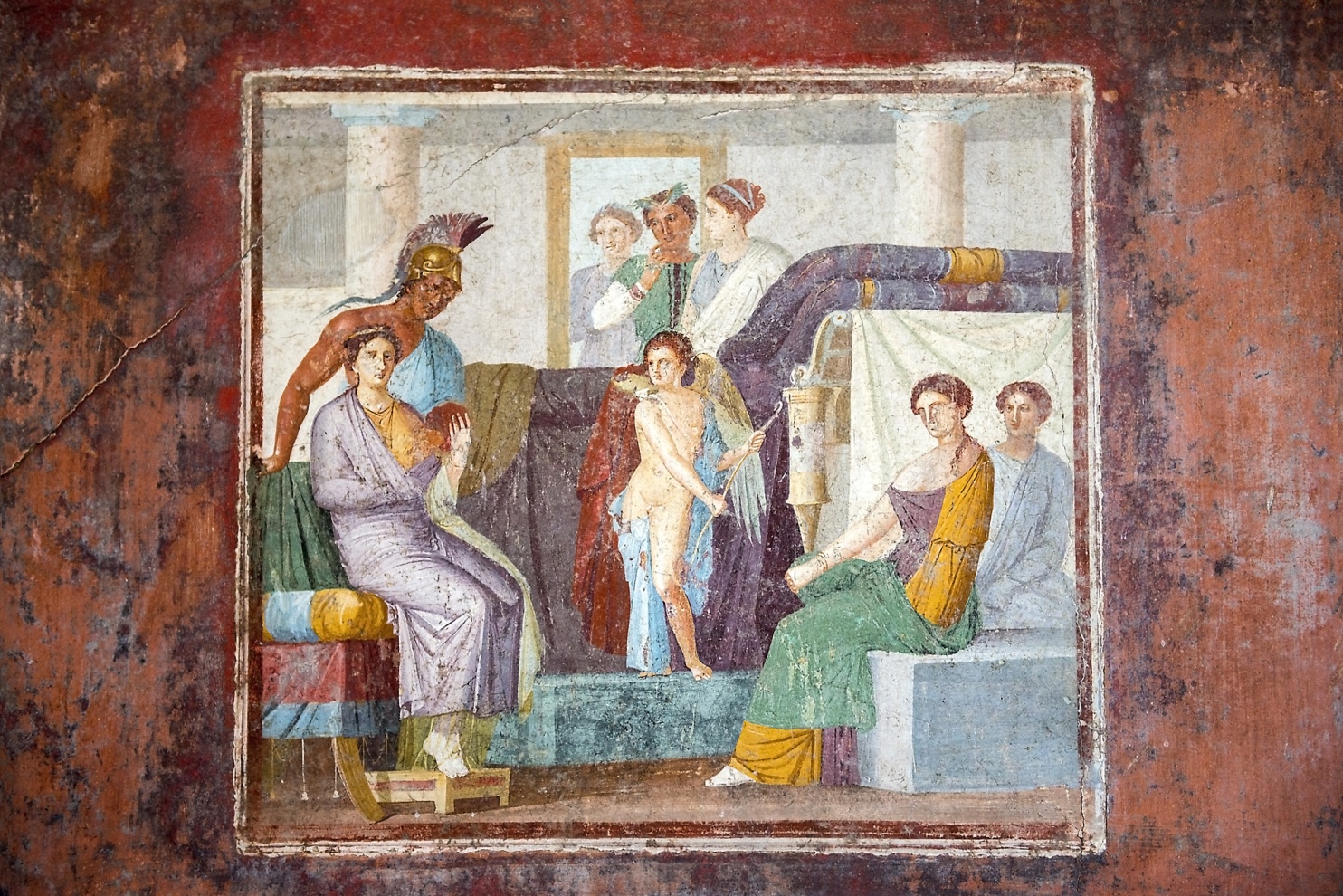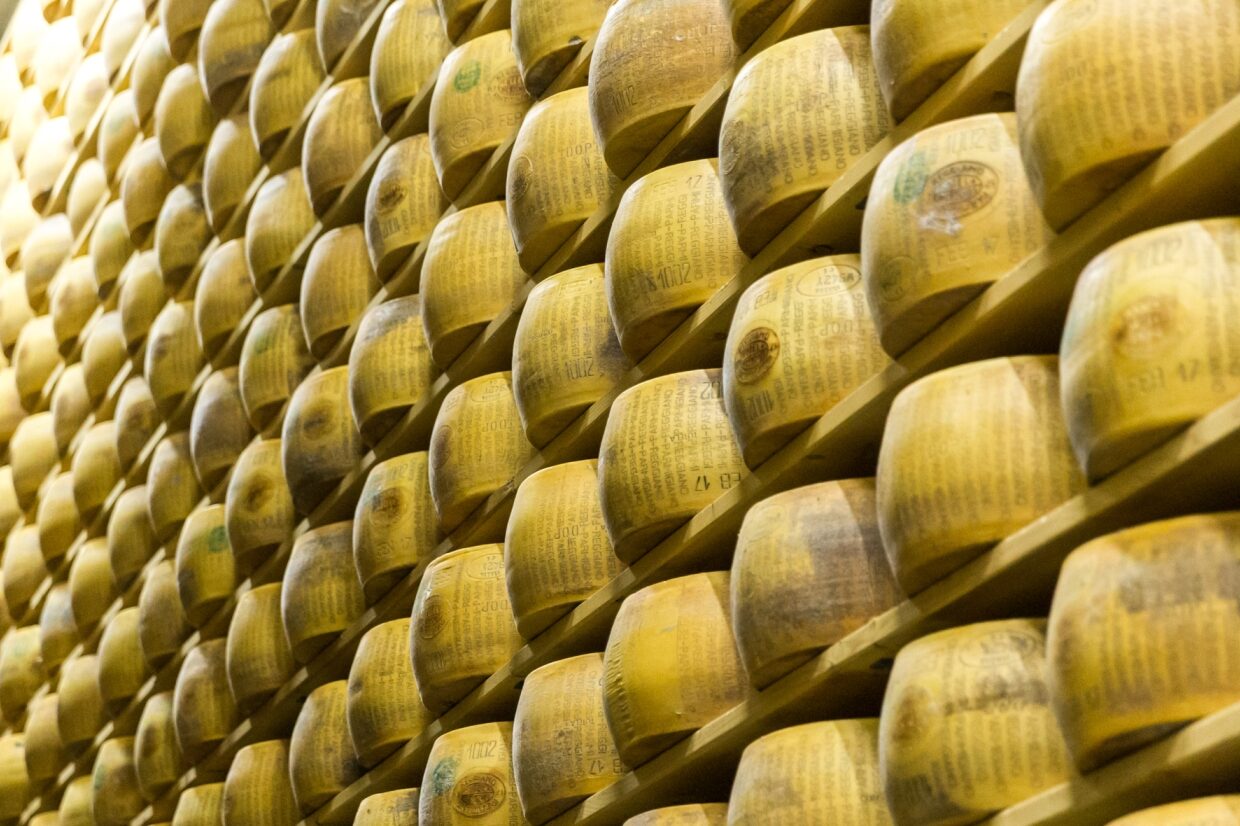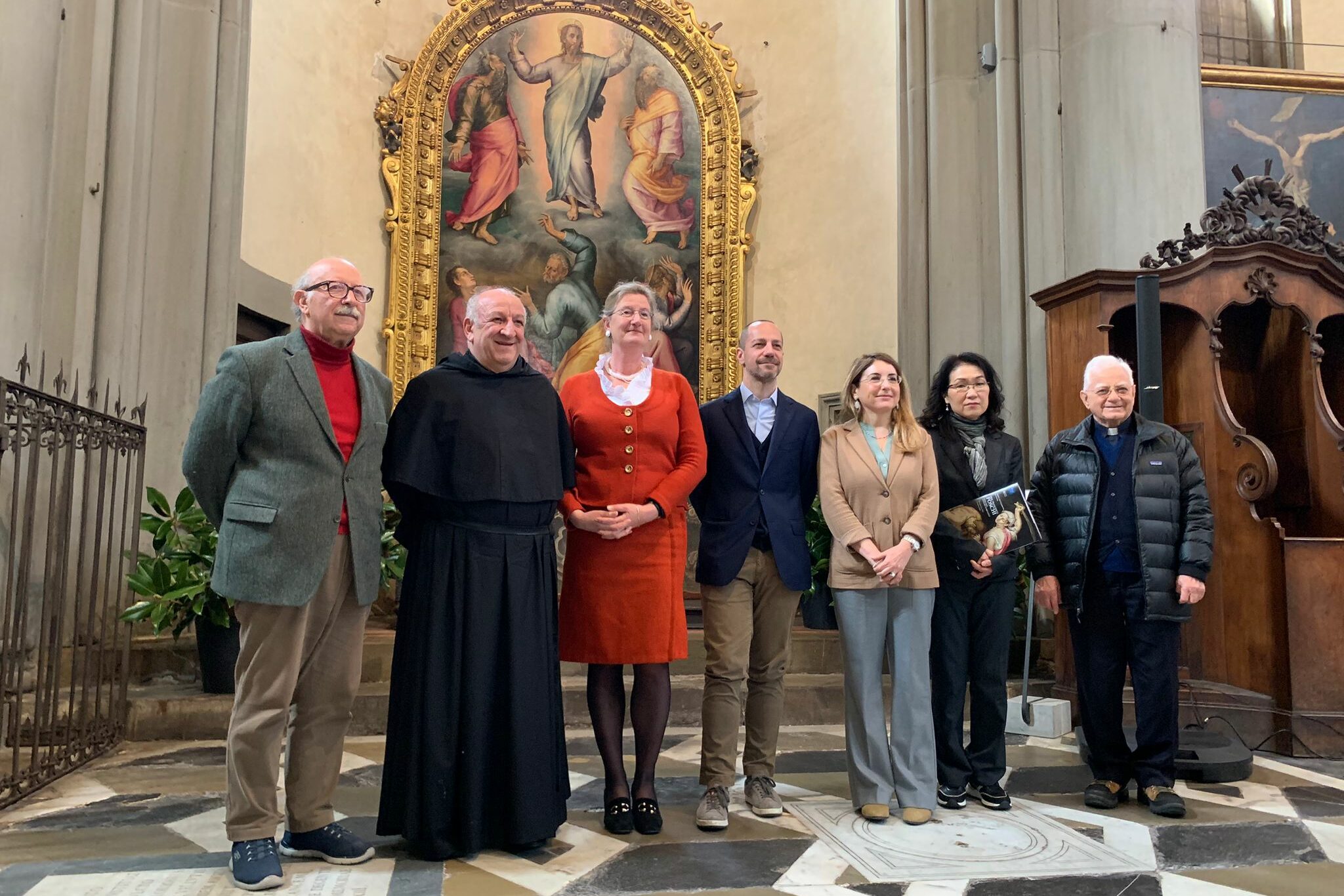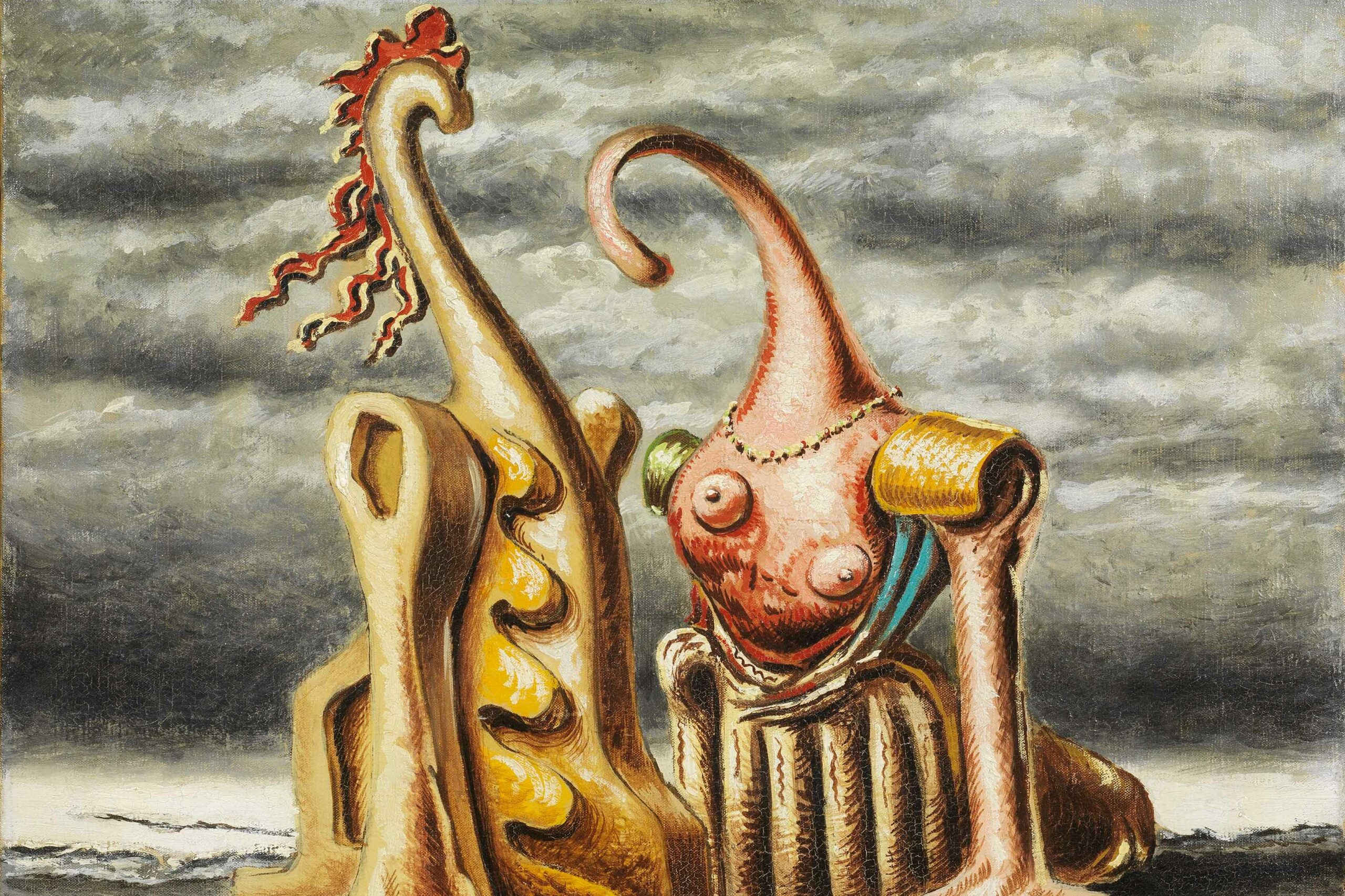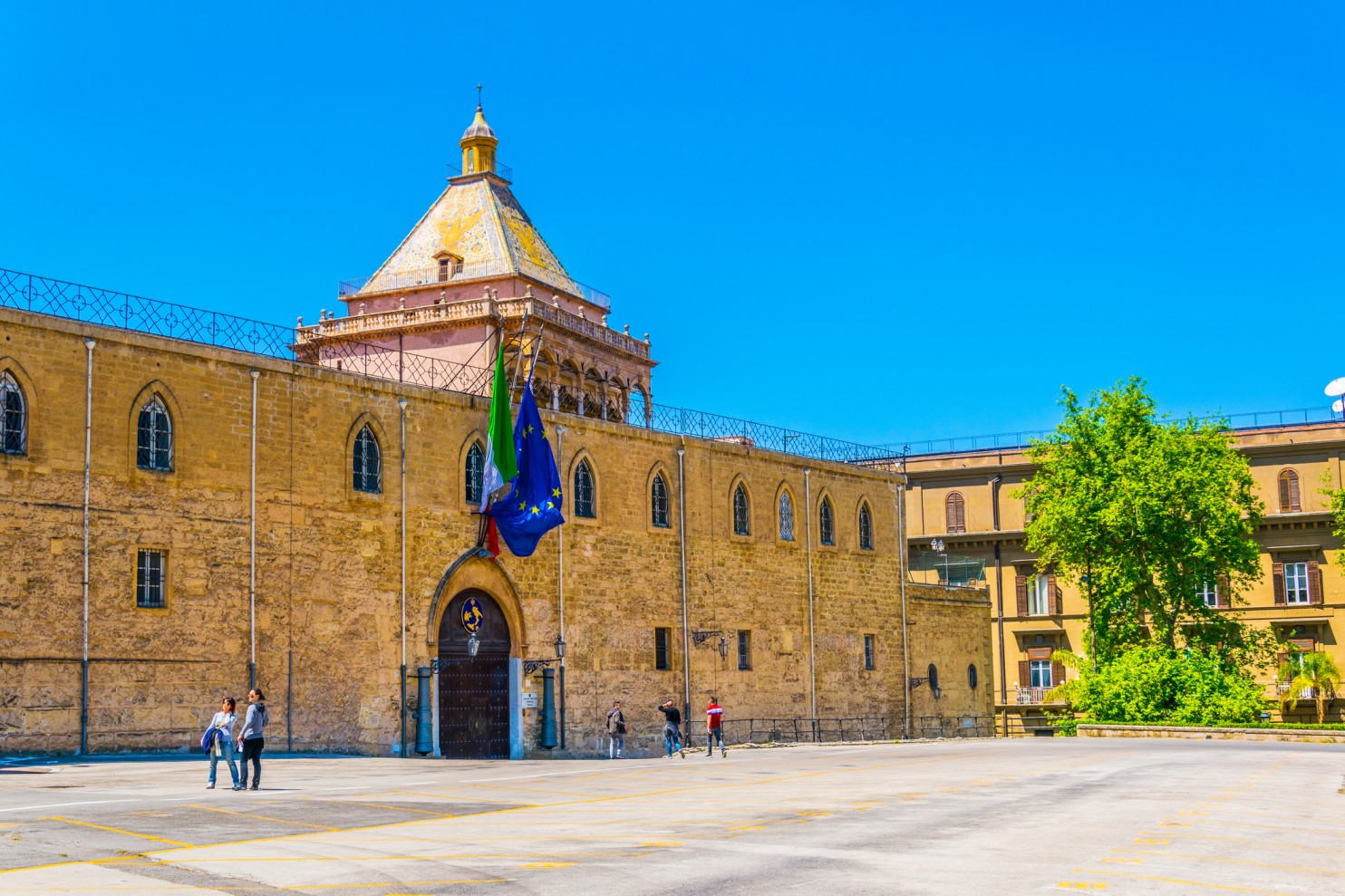It might well be the next “Greatest Show on Earth,” even if the monkeys and clowns are missing. It’s no circus, however.
The first “artainment” of its kind, Giudizio Universale brings to life the narrative of Michelangelo’s Sistine Chapel in one dazzling, high tech hour of theatrical brilliance. It’s as if an Old-World masterpiece collided head on with the latest Star Wars movie, yet with a happy ending for all.
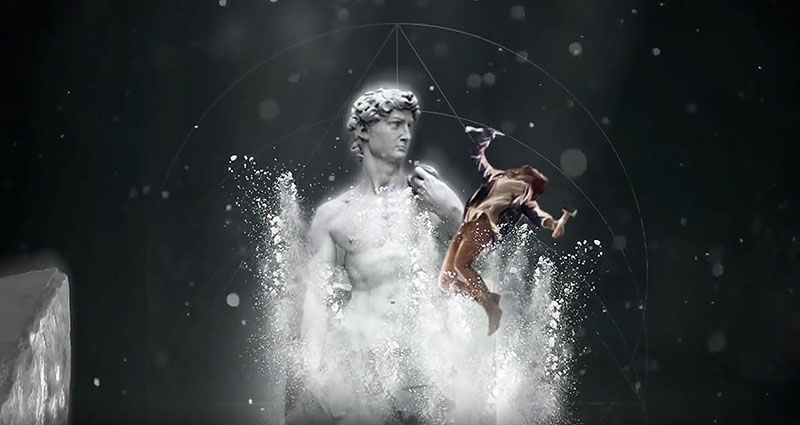
Dancing, visual effects and acting all make an appearance in the hour long show
Creative genius Marco Balich had enough credits to his name to be taken seriously when he first approached the Vatican in 2015 with grand ideas of breathing an alternative life into Michelangelo’s magnificent Sistine frescoes. Balich’s resumé already included such memorable live entertainment extravaganzas as the opening and closing ceremonies of several Olympic games, the creation of the Italian Pavilion at Milan’s EXPO 2015, the opening ceremony of Dubai’s 2017 World Cup, and numerous other over-the-top spectacles. But why the interest in the Sistine Chapel?
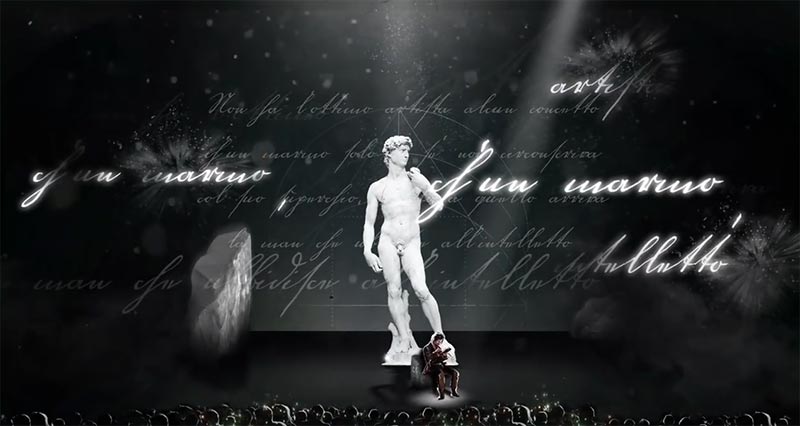
Portrayals with dancers, acrobats, laser lights, state of the art sound, and elaborate special effects bring to life Michelangelo’s painted interpretation of scenes from the Garden of Eden to the Final Judgement
For Balich, the answer was multi-layered. “We strongly believe that the younger generation needs to be inspired in their own language,” Balich says. “An hour is the attention span…if we tell the story well, we can get them interested.” The Venetian born native’s idea was to take the already established magnificence of the Sistine ceiling and altar, and apply a few new tricks “using the codes that relate to the younger generations that have grown up with PlayStation, that go to the movies in 3D, watch Netflix, but are on the other hand almost distracted with respect to this wonderful artistic patrimony.”
Intertwined with this goal was the desire to return to Rome her rightful heritage, to gift the Eternal City with a different manner of experiencing one of its most priceless treasures. Although moving, a typical visit to the chapel is a frenzied, elbow-to-elbow limited period of time, and generally not the reverent silent meditation pushed by the ever-present hushers lurking about.
However, the intention was never to one-up the real thing: “We can’t do anything bigger than Michelangelo, it’s like committing a sin to suggest that,” according to show choreographer and Olympic alumni Fotis Nikolaou. “We’re dialoguing with this masterpiece in the new forms of art, video, dance, theater. It’s like saying thank you to a masterpiece like the Sistine Chapel.”

Marco Balich says his take on the Sistine Chapel has been especially conceived for the younger generations, who love technology and video games
With approval from the Vatican, the collaboration began. Each step along the way was monitored by officials to assure the artistic, spiritual, and historical accuracy of the multimedia interpretation. With a team of rock star status set designers, choreographers, and special effects artists, Balich juggled a daily quest to create an exact and respectful portrayal of Michelangelo’s work, yet bring an immersive experience to life in a manner never before attempted. Famed actor Pierfrancesco Favino was secured as the voice of Michelangelo, while legendary Sting provided the elegant “Dies Irae” soundtrack.
Balich chose the Auditorium Conciliazione, Rome’s old symphony hall located just a few miles from the Vatican, as the home for his spectacle. The space was outfitted with a specially built three quarters surround screen that aligns with the dimensions of the chapel ceiling. Exceedingly high-resolution images of the frescoes provided by the Vatican are projected, causing the audience to feel as if they are inside the Sistine Chapel. However, that’s when stoic reality departs in an extraordinary fashion.
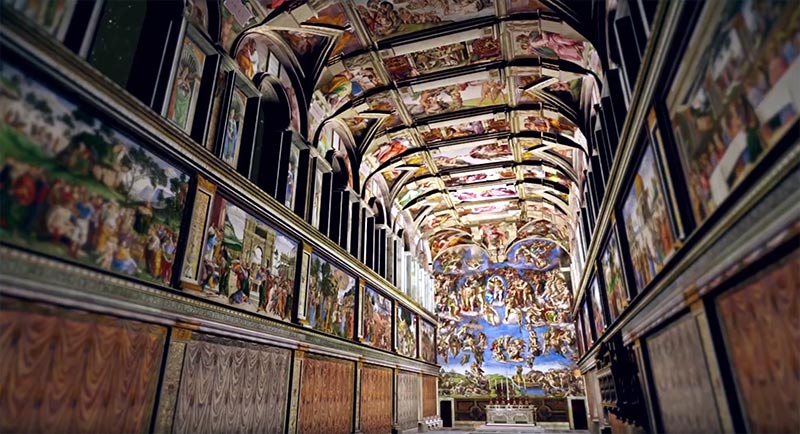
With a team of rock star status set designers, choreographers, and special effects artists, Balich juggled a daily quest to create an exact and respectful portrayal of Michelangelo’s work, yet bring an immersive experience to life in a manner never before attempted
The sixty-minute presentation opens as the audience is transported to Rome circa 1508. Seemingly airborne with a bird’s eye view of the city (thanks to the talents of some of the world’s top video game creators) sites such as the Coliseum and Vatican glide by “underneath,” setting the stage for this bygone era. The ensuing fifty some-odd minutes unfold to reveal the gamut of Michelangelo’s path from passionate sculptor to forced fresco artist. Scenes develop with projections of face to face encounters with the cast of Sistine characters. Images hardly perceptible through squinted eyes are suddenly multiple feet tall… and as grand in emotion as in size.
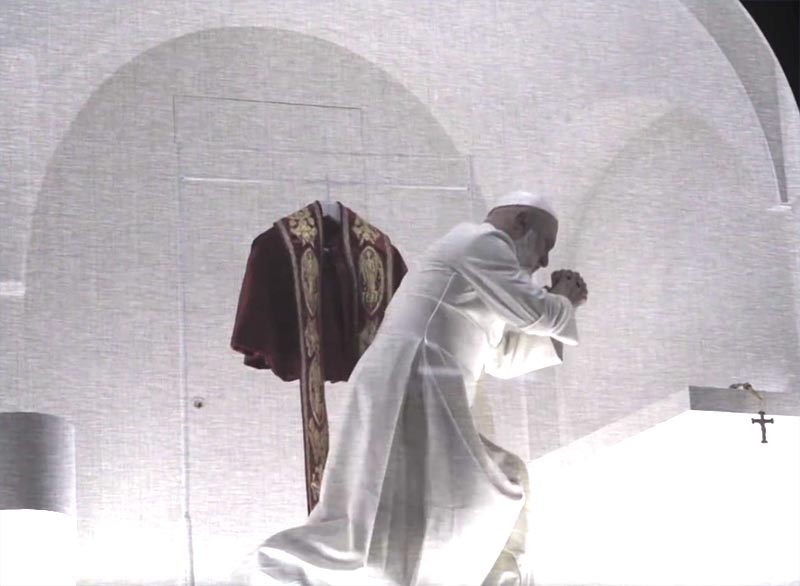
The sixty-minute presentation opens as the audience is transported to Rome circa 1508
Portrayals with dancers, acrobats, laser lights, state of the art sound, and elaborate special effects bring to life Michelangelo’s painted interpretation of scenes from the Garden of Eden to the Final Judgement. Athletic dancers portraying Adam and Eve seem to defy gravity as they course through the projected imagery of the garden while vines appear to twist and climb the theatre walls. Beleaguered figures writhe as wind and rain deluge the stage while Noah’s plight is played out. A ghost-like block of granite revolves on stage, then morphs as the sculptor mystically coaxes the beautiful form of David from the stone. Suspended over the stage to recreate his years spent inches from the Sistine ceiling, an anguished Michelangelo embodies his unrelenting drive in his recreation of creation.
Balich is not without critics, however. Art conservators have accused him of “Disney-fication,” an intended insult that seems to amuse Balich – “But Disney was a genius. What’s wrong with that?” Seeking to reassure the doubters, Balich has been careful to remind that he has been overtly obedient to the Vatican’s overseeing of the project with no intention to over-shadow the actual frescoes. However, he concedes that for himself, it has come at a price – “There are a few more special effects I would’ve indulged in!”
Giudizio Universale opened to sold out audiences on March 15th and is slated to run for at least a full year. Balich’s hope is that the show will become a permanent feature in Rome. A feature film is also in the works in order to take the production to audiences world-wide.
Perhaps Vatican Museums director Barbara Jatta sums the heart of the project up deftly — “It’s a delicate way to tell a beautiful story of faith, art and history. And it’s a way of communicating the Sistine Chapel in a way that many generations can understand.”
However spectacular, Giudizio Universale will never replicate the awe-inspiring moments of gazing at the beauty of Michelangelo’s ceiling and alter, nor reproduce the ritual of standing on tiles in the sacred building that houses the masterpieces — the very places touched by the master’s body and soul. But as bookends support the books, so might this show do for continued appreciation of its celebrated subjects.
”I seek beauty, the beauty is everything. It is my obsession.” ~ Marco Balich




